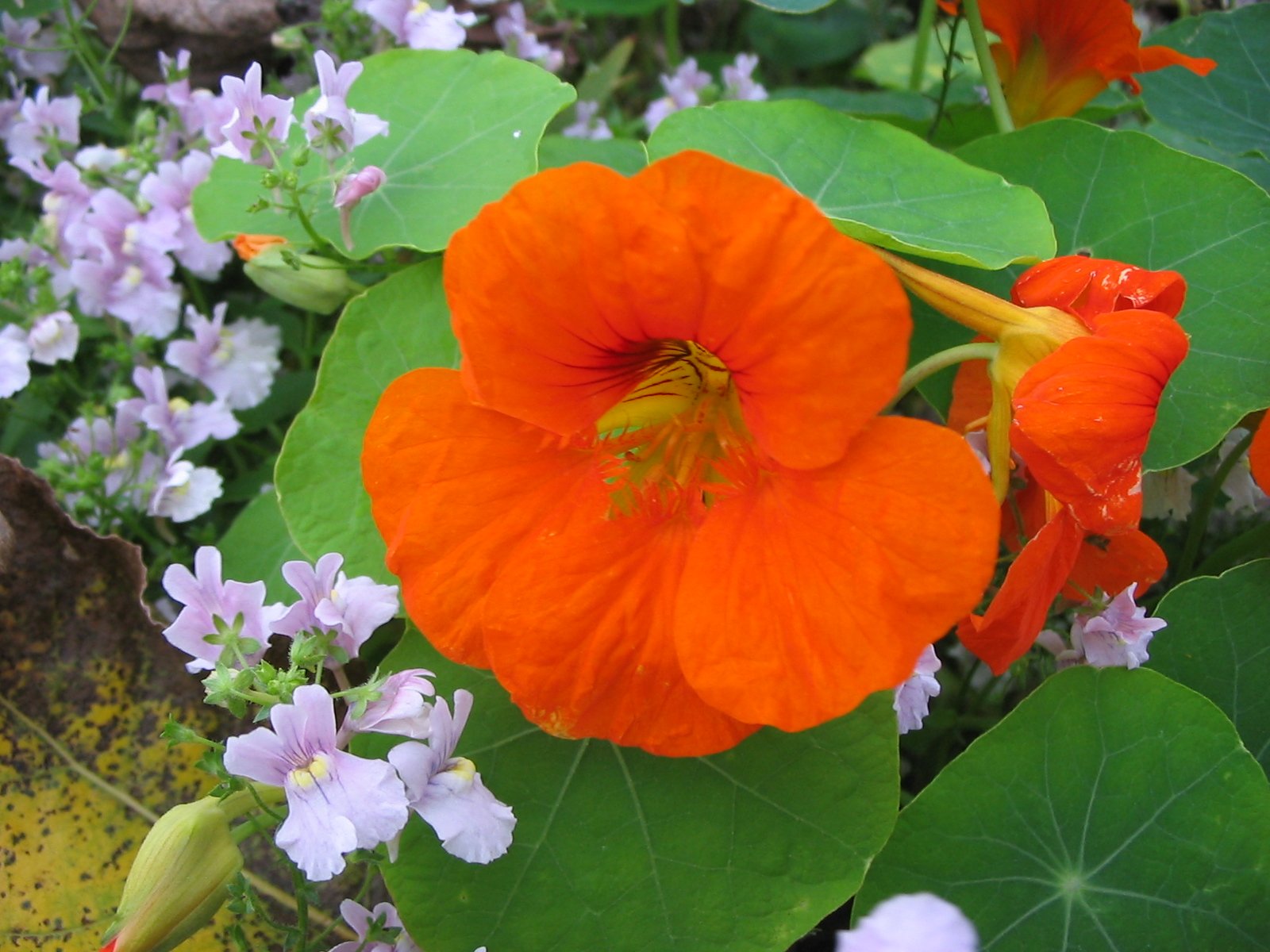
What you need to know about companion planting
For a number of reasons, more and more people are choosing organic products over the rest. Whether due to financial, health or other reasons, more people are choosing to grow their own fruit and vegetables. Many of which are quite easy to grow provided you don’t have to deal with any pests. Pesticides might sound like the easiest option but they can have terrible effects on our health over time. Fortunately, nature has the answer in the form of companion planting. This easy and effective technique is not only great for your health and your garden but your budget too!
Companion planting is a simple concept that involves the planting of specific plants and flowers next to various crops in order to naturally repell bugs and pests. In addition, your garden will also look and smell better thanks to these helpful companions! Apart from planting, watering and possibly fertilizing your soil, your companion plants will not generally require any special care. So, while you are tending to your veggie garden, you can tend to your other plants at the same time. Using a pesticide means that you need to mix the right amount, apply the pesticide, and take the necessary precautions not to inhale it. Some pesticides should not even come into contact with your skin which means that you need to wear the appropriate clothing and gloves.
Trap crops, like geraniums and petunias, are known for attracting bugs away from the other flowers or crops you are trying to grow. Geraniums are great for attracting leafhoppers, and Japanese beetles away from your grapes, roses, tomatoes, and peppers. Petunias attract these bugs as well as aphids and the asparagus beetle away from squash plants, asparagus, and cucumbers.
Nasturtium can be planted among your crops such as beans, tomatoes, and melons. These flowers will keep aphids, white flies, squash flies, and other bugs from devouring your crops. In addition, they help your garden flourish by attracting beneficial bugs to this area.
While companion planting is usually done on a smaller scale, it can be used by commercial growers. Beans can be planted between various crops in order to help keep the soil rich. This is because beans contain a kind of nitrogen-fixing bacteria that proves beneficial for many crops. Tomatoes, however, should not be grown in such an environment since they require different conditions in order to really flourish. Make sure that you research the needs of each crop before choosing the right companions. You also need to take note that some companion plants can prove toxic if consumed so make sure that your pets or children do not have access to them.
